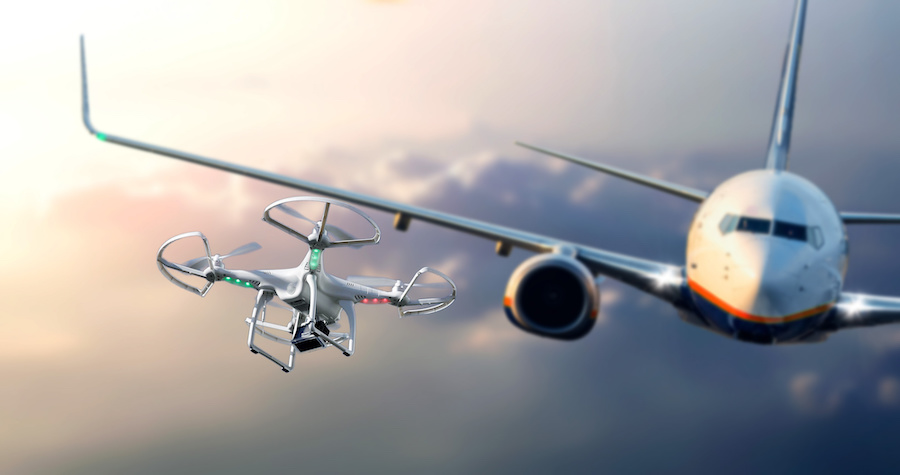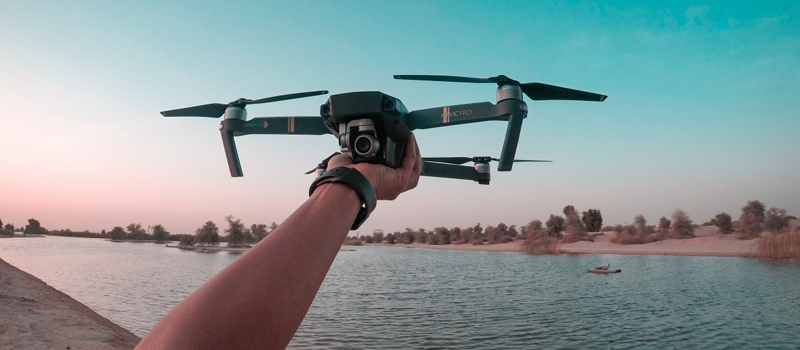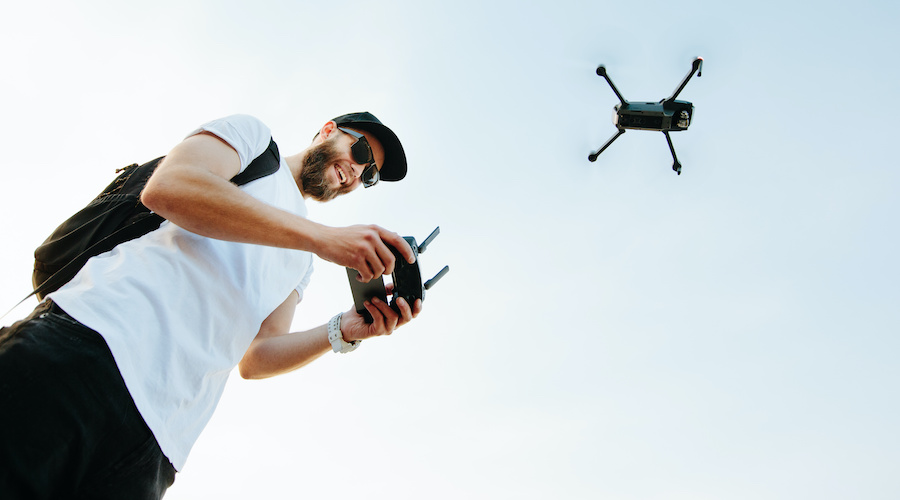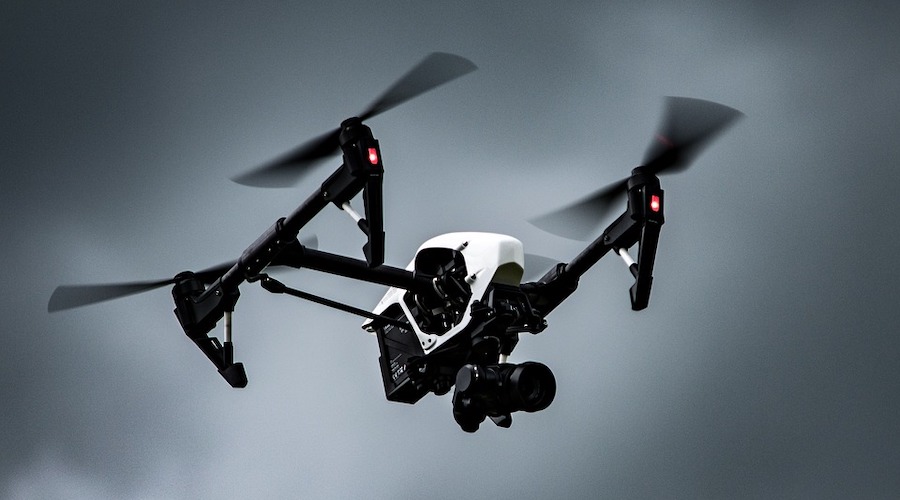As the drone industry moves towards automation and long-range flight, drone technology also needs to evolve to keep up with more demanding safety standards. One technology that has been proposed as essential for this development is ADS-B.
However, the use of ADS-B is not without criticism. Many have commented on the practicality of having such a feature in drones. There have also been many questions on why some airplanes don’t show up on ADS-B trackers. What exactly is ADS-B and is it really important that drones have it?
What is ADS-B and how does it work?
ADS-B stands for Automatic Dependent Surveillance-Broadcast. It is a surveillance system that relies on aircraft periodically broadcasting its position as determined by satellite navigation. ADS-B signals can then be monitored by air traffic control or other aircraft in the area so that self-separation principles can be practiced. The use of ADS-B eliminates the need for monitoring stations to broadcast any interrogation signal. ADS-B is being considered as a system that can replace radar monitoring as the primary surveillance method of air travel.
ADS-B is divided into two distinct services – “ADS-B Out” and “ADS-B In”. The difference between the two is fairly obvious by their names. The ADS-B Out service is responsible for the transmission of periodic broadcasts of information packets containing data such as aircraft identification, position, altitude, and velocity. The ADS-B In service, typically found in ground stations, then receives these signals.
In the US, the ADS-B system is further enhanced by the use of Traffic Information System – Broadcast (TIS-B) and Flight Information Services – Broadcast (FIS-B). Through TIS-B, ground equipment and ground radar can transmit the position of aircraft even if they are not equipped with ADS-B Out. It is also possible to transmit information on weather conditions, temporary flight restrictions (TFRs), and Notice to Airmen (NOTAM) through FIS-B.
Compared to traditional technologies, ADS-B systems are significantly cheaper and easier to maintain. There are no fees associated with the use of ADS-B services aside from the cost of buying and installing the equipment on aircraft. All the expenses of administration of ADS-B are handled by the FAA.
How do drones use ADS-B technology?
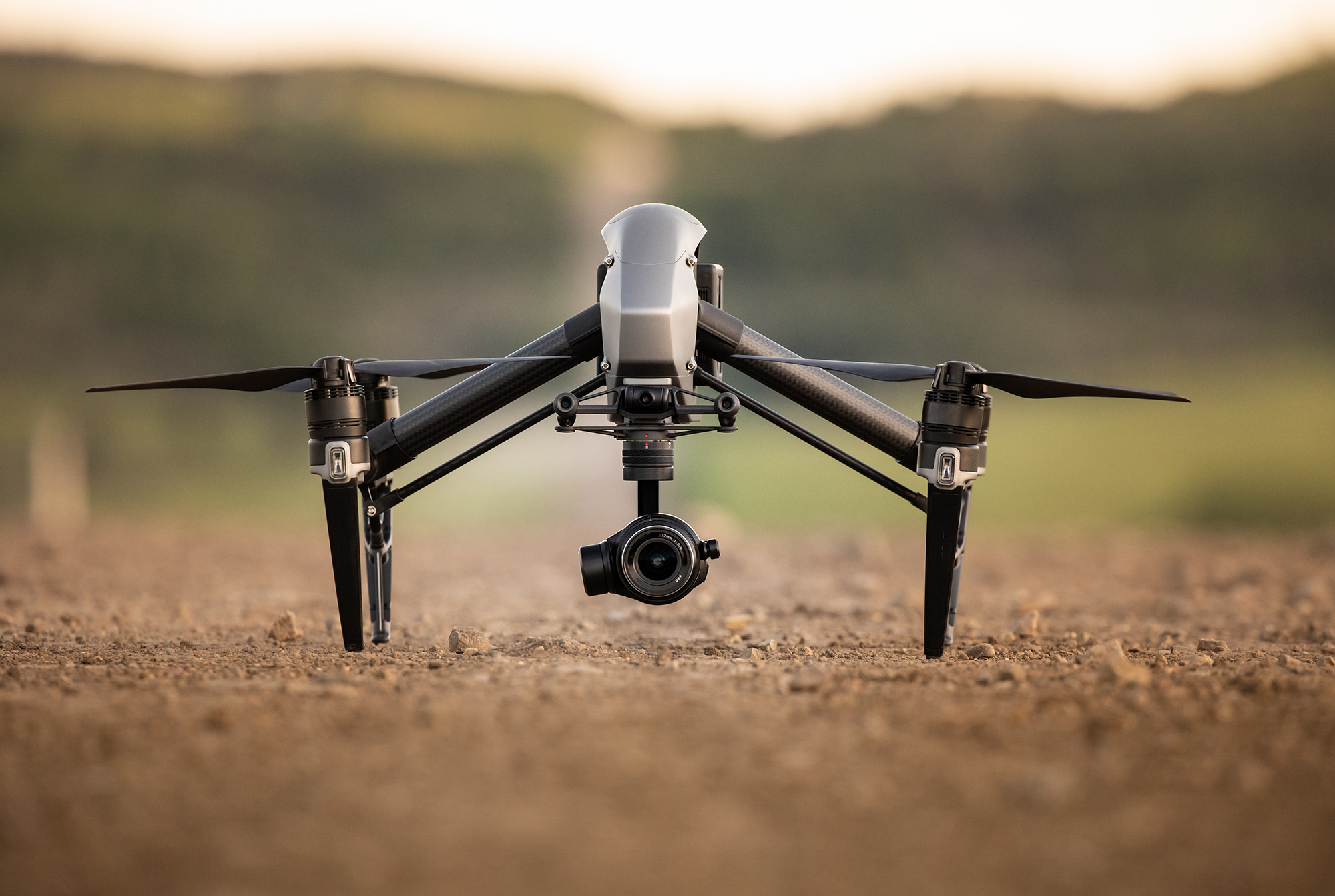
In 2019, DJI announced that nearly all the drones that they will be releasing after January 2020 will have an ADS-B In feature. More specifically, DJI called this the “AirSense” feature. With AirSense, drone pilots get a notification if there are any nearby manned aircraft. The severity of the warning also varies based on how close the aircraft is.
To date, there is no commercial drone that has been equipped with an ADS-B Out module. The reason for this is that it might cause unnecessary signal traffic, especially considering how many drones are owned in the US nowadays. Drone pilots are also expected to give way to manned aircraft at all times, so there is no need for them to transmit their location data.
Aside from DJI, no other major drone manufacturer has committed to using ADS-B yet. If you’re interested in scanning for ADS-B signals, it is possible to buy a handheld scanner. The experience is not as seamless as AirSense, but these scanners go a long way towards improving situational awareness.
Are all manned aircraft required to have ADS-B Out?
The requirement to use ADS-B Out services is mandated by 14 CFR § 91.225 (Automatic Dependent Surveillance-Broadcast (ADS-B) Out equipment and use). The standards for such equipment are further expounded by 14 CFR § 91.227 (Automatic Dependent Surveillance-Broadcast (ADS-B) Out equipment performance requirements).
One thing to keep in mind is that the requirements for ADS-B apply to specific types of airspace, regardless of the aircraft. According to the laws cited above, ADS-B Out is required in the following scenarios:
- All of Class A airspace
- Class B airspace from the surface to 10,000 feet MSL including the airspace that extends beyond the Mode C veil up to 10,000 feet MSL
- Class C airspace from the surface up to 4,000 feet MSL including the airspace above the horizontal boundary up to 10,000 feet MSL
- Class E airspace above 10,000 feet MSL over the 48 contiguous states and the District of Columbia excluding the airspace at and below 2,500 feet AGL
- Class E airspace over the Gulf of Mexico at and above 3,000 feet MSL within 12 nautical miles of the coastline of the United States
- Within the Mode C Veil or within a 10-nautical mile radius of any airport listed under Appendix D, Section 1 of Part 91 from the surface up to 10,000 feet MSL
As established by Part 91, an aircraft can comply with ADS-B Out requirements using either a 1090ES (DO-260B) or UAT (DO-282B) transponder, both of which are Version 2 ADS-B Out systems. An aircraft must transmit its position and velocity at least once every second while airborne and at least once every five seconds while stationary.
To answer the question above – NO, not all manned aircraft are required to have ADS-B Out. Since the rules only apply to certain airspace types, ADS-B OUT systems are only expected in aircraft that fly within those identified zones regularly.
Military aircraft and other government airplanes are sometimes exempt from ADS-B requirements. This is something you should consider if you are flying near military bases.
Why are some airplanes not visible even with an ADS-B In feature?
This question is indirectly already in the previous section – airplanes simply do not need to broadcast ADS-B Out signals in certain types of airspace.
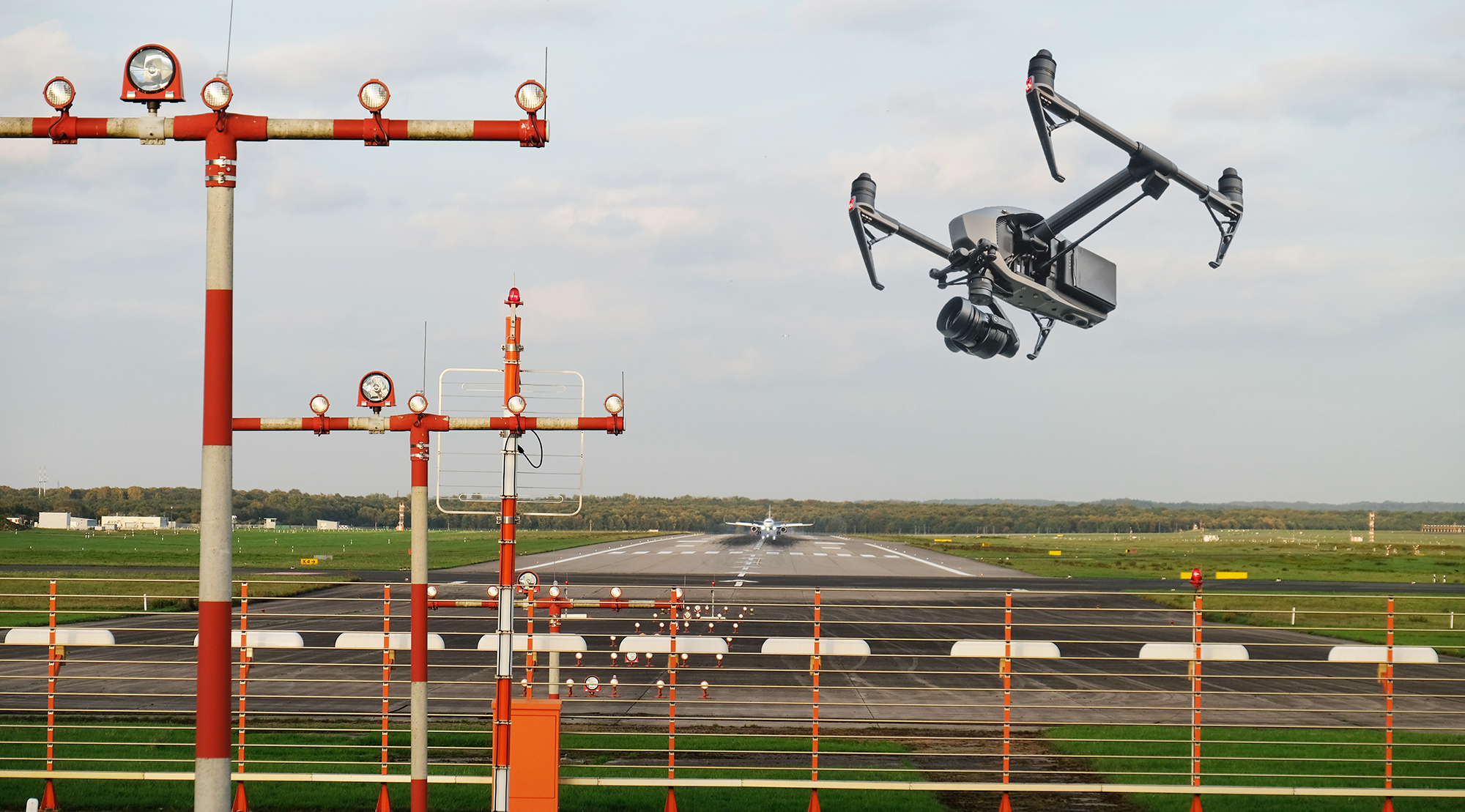
For drone pilots, the most glaring absence from the rules should be Class G airspace. After all, most drone operations are done in Class G or the so-called “uncontrolled” airspace. If you’re flying in Class G, do not be surprised if you see a helicopter flying close by without triggering any of your drone’s ADS-B alarms. It’s also worth noting that airspace associated with Class D airports has no ADS-B requirements at any altitude.
There are several potential instances where ADS-B Out will not be necessary. These mostly involve low-altitude operations such as agricultural spraying, helicopter tours, emergency response, search and rescue, and aerial news coverage. Organizations that perform these operations can either fly below the threshold where ADS-B Out is required or get a long-term LOA from the ATC.
Most aircraft broadcasting ADS-B Out signals are commercial airplanes that will likely be flying in controlled airspace. These are not very relevant to drone pilots as they will be in altitudes well beyond what is legal for drone flight.
Should you buy a drone with ADS-B?
For most people, the important question is – should you consider the presence of an ADS-B feature when choosing which drone to buy? There are several ways to look at the issue, but we can summarize it by saying that an ADS-B feature is not what we would consider as the best safety feature of a drone.
There is certainly value in equipping a drone with an ADS-B In feature. In the case of DJI AirSense, there have already been several anecdotes of people receiving ADS-B warnings shortly before a helicopter flying at a low altitude becomes visible.
On the flip side, it is also true that the value of an ADS-B In feature is limited as it is not required of all airplanes. More importantly, ADS-B is not required in the airspace classes where most drones typically operate such as in low altitudes and in Class G airspace.
The point here is that an ADS-B feature is not a substitute for the usual safety measures – maintaining visual contact, scanning the surroundings for hazards, or even checking for NOTAMs before flying your drone. An ADS-B feature is nice to have, but drone pilots need to be aware of the limitations.
Final thoughts
DJI caused quite a stir in 2020 when they announced that all their drones will come with ADS-B features. This was certainly a step in the right direction as far as airspace safety was concerned. However, what is rarely mentioned is the fact that drone pilots cannot expect all aircraft to be visible in ADS-B trackers.
In the absence of any other means of tracking manned aircraft, then having an ADS-B In-service is still a good idea. Drone pilots should just be wary about relying on it too much. The ADS-B In feature is only one tool for monitoring the airspace – you should still pay attention to your surroundings and keep your eyes and ears open.
